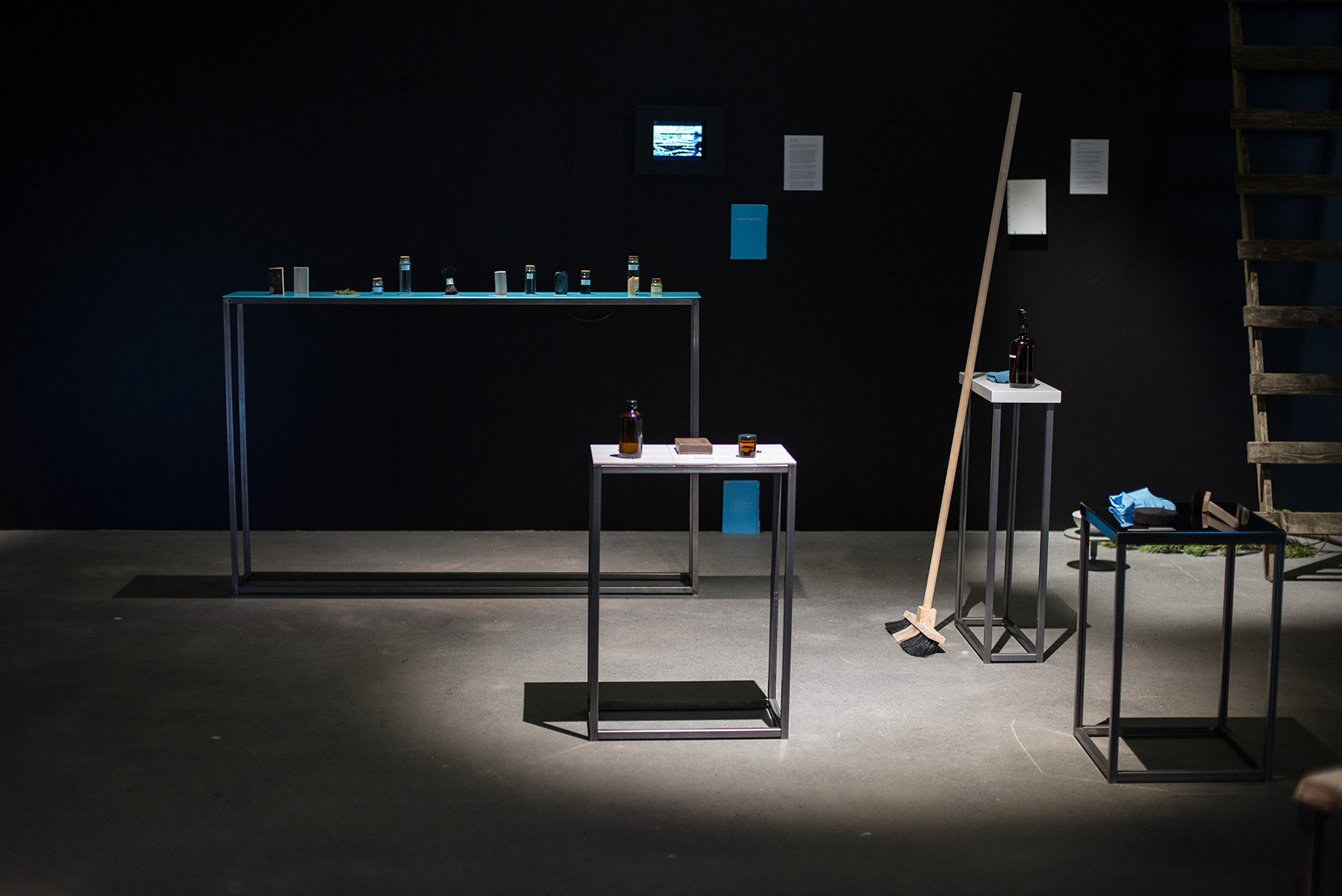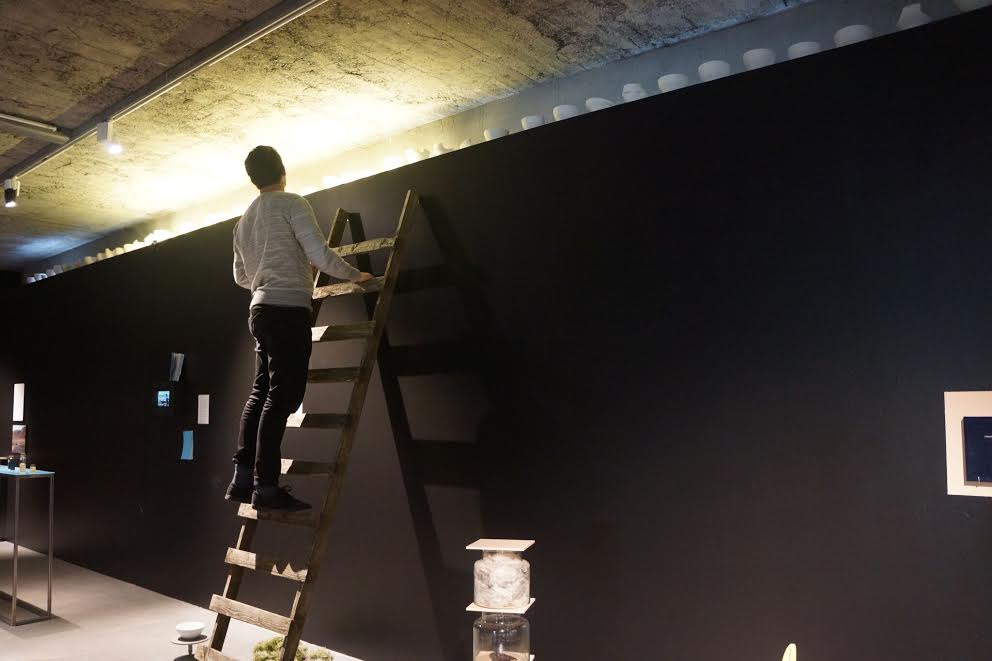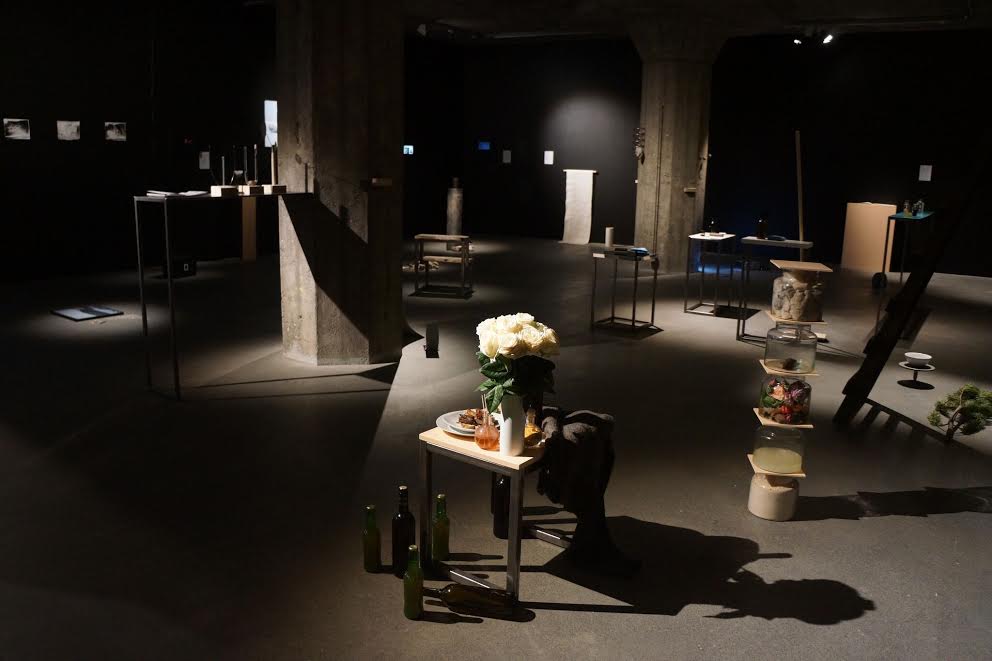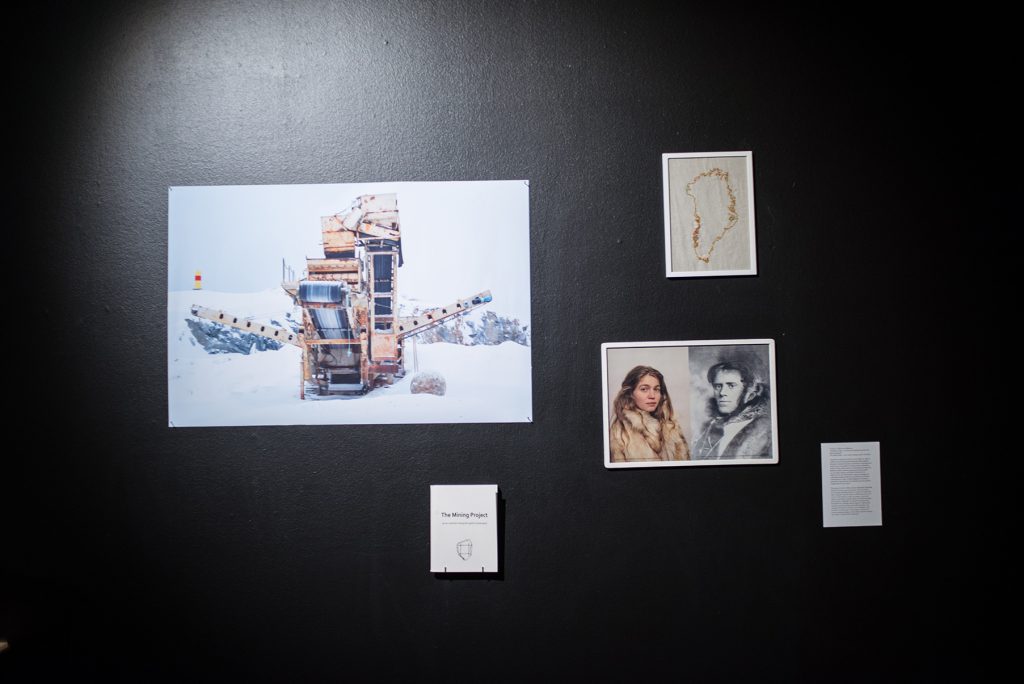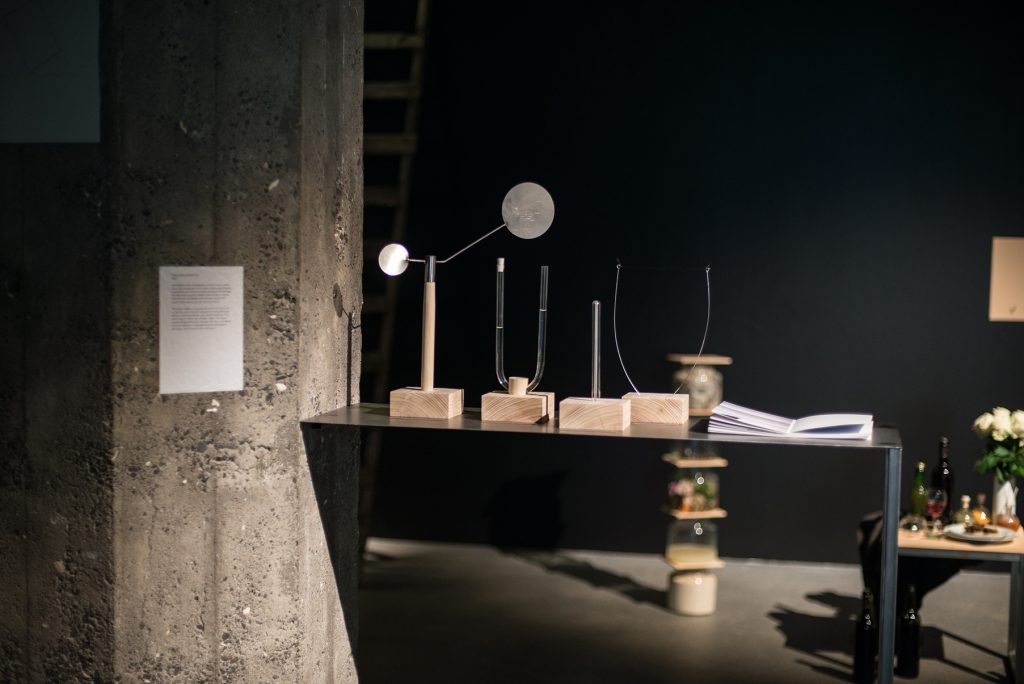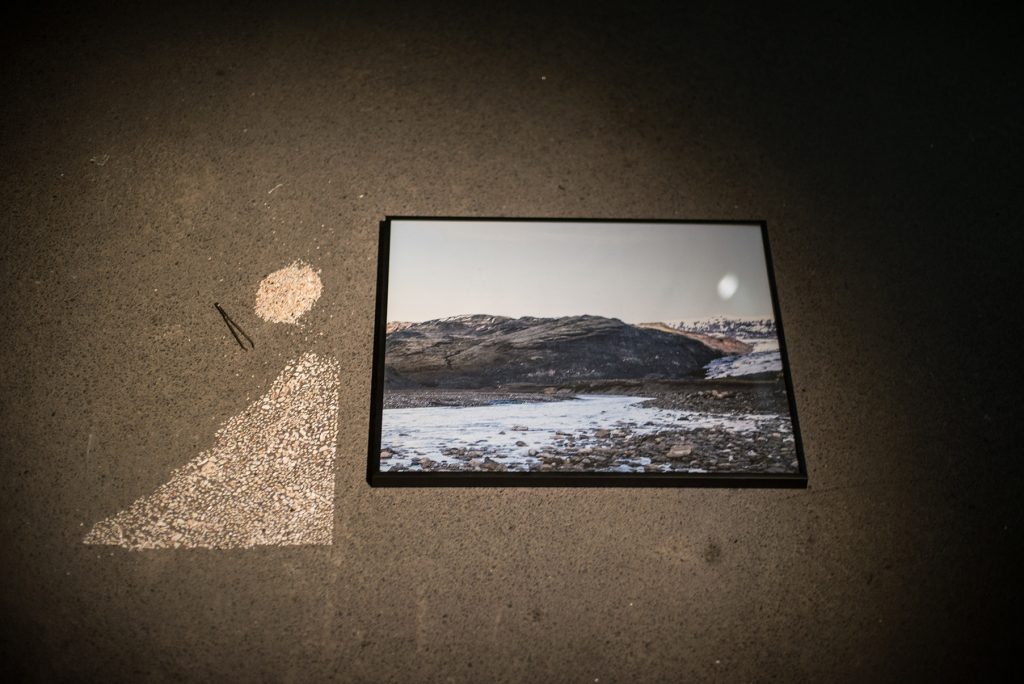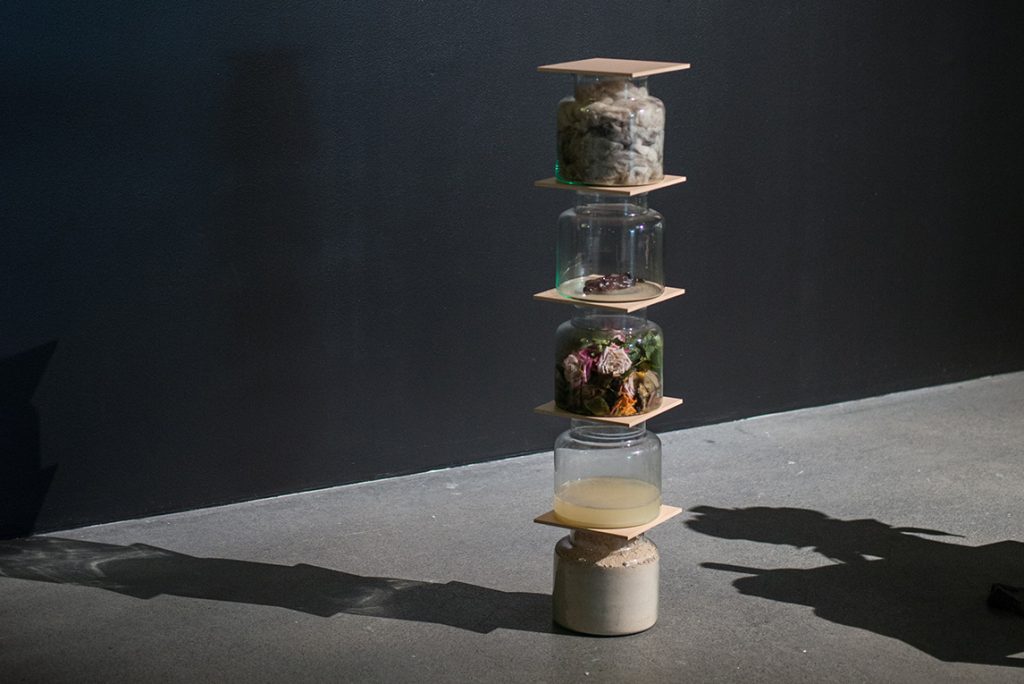Through the Looking Glass is a series of spotlights showcasing new design talent. The series offers an in-depth look into six exceptional graduation projects from the Iceland Academy of the Arts, along with an introductory interview with Thomas Pausz—a professor of product design at the Iceland Academy of the Arts and the curator of the 2017 BA degree show TEIKN / GESTURES. In the interview below, Thomas helps us gain a greater perspective on this year’s graduating students and insight into what young designers are making today.
Through the series, we hope to gauge the upcoming creative pulse in Iceland and offer a window into how a new generation of creatives is responding to times of environmental anxiety, political instability and redefined values.
— As the curator, how would you characterize this year’s graduating projects?
I was very inspired by the humour with which the students are addressing difficult topics. We live in confusing times, with a disturbing political and ecological crisis, but this generation is making the choice to challenge the gloom and to make intelligent work that is not merely pointing fingers at issues. Humour is a great transformative tool.
— What were your goals for the final exhibition?
The aim was to bring this year’s spirit into the museum. This group was very research-oriented, and used different media and scales to communicate. This was reflected in the theatrical scenography. But within this black space, each project sought to create its own world. So we worked with small differences in the placing of the works, the height, the lighting—all these meticulous details that matter a lot. I believe the physical encounter with the works and how they respond or clash make a big difference for the experience. No exhibit was standard and they were all discussed with their authors and conceived as gestures in their own right.
— How would you describe the intellectual concerns of young designers graduating from the Academy? How do these concerns fit into the context of contemporary issues and the evolution of design today?
Designers are getting more ambitious with their work topics and with their audience. The projects are dealing with multiple narratives and different levels of reading. For example, we had several projects where the designers used their own body as a part of the narrative with artefacts to comment on environmental issues. This performative use of the designer’s body is growing in the design sphere. Western disciplines have excluded the bodily/sensory experience for a long time. We have to challenge this and engage all the senses in research and in making design. This also has potential to change the way we relate to ourselves, to others and to the landscape. Designers can invite us to perceive with ‘eyes of the skin’ to quote Juhani Pallasmaa.
— What would you describe as the strengths of design education at IAA? How do these strengths translate into preparing young designers for the workforce?
One strength of our students is that they are as comfortable with hands-on material experiments as they are using media, or discussing concepts. In my experience we want to train independent thinkers who can first and foremost communicate a meaningful vision and then seek out new skills and knowledge depending on their project or area of interest. We value the depth of the research and the understanding of the context, but we also value imagination in the translation into design work.
— What are your hopes for your students after graduation?
Many of our BA graduates are finding places in very forward thinking studios like Formafantasma, Studio Glithero, and Dave Hakkens, just to name the current ones! This is an essential experience for undergraduates, to go out into the world. Graduated MA students have been forming collectives and working in many fields from urban farming to engineering to interface design. My hope is that the students keep challenging themselves in these work situations, and that after gathering more experience they will work independently.
— As the graduating students begin to navigate careers as young designers, do you have any advice you wish to share?
You have to use any opportunity to keep practising design. It is not enough to wait until you find a commission or a job. Often you have to create your own context, and be very proactive. No job is too small when you start. There are also existing structures to use for young designers: design festivals, open calls, residencies. There are many ‘local’ residencies in Iceland, and international ones too. Another helpful strategy is to work collectively. For example, having a shared studio and stirring work in each other’s direction works well and is more fun. The way Assemble Studio works is the best example of this ethos.
So: create your own opportunities, use existing structures, and work collectively!
— Any other parting words?
I want to congratulate the graduating students again for their effort as well as all the people working with them at LHÍ: teachers, project managers, technicians, advisers. LHÍ is finding its own voice both within Icelandic culture and also international art & design culture through exhibitions and media. This is due to a very talented group of people working together and putting effort in exhibiting and mediating student work. I am excited for the future!
Interview by Michelle Site / Photos: Iceland Academy of the Arts
